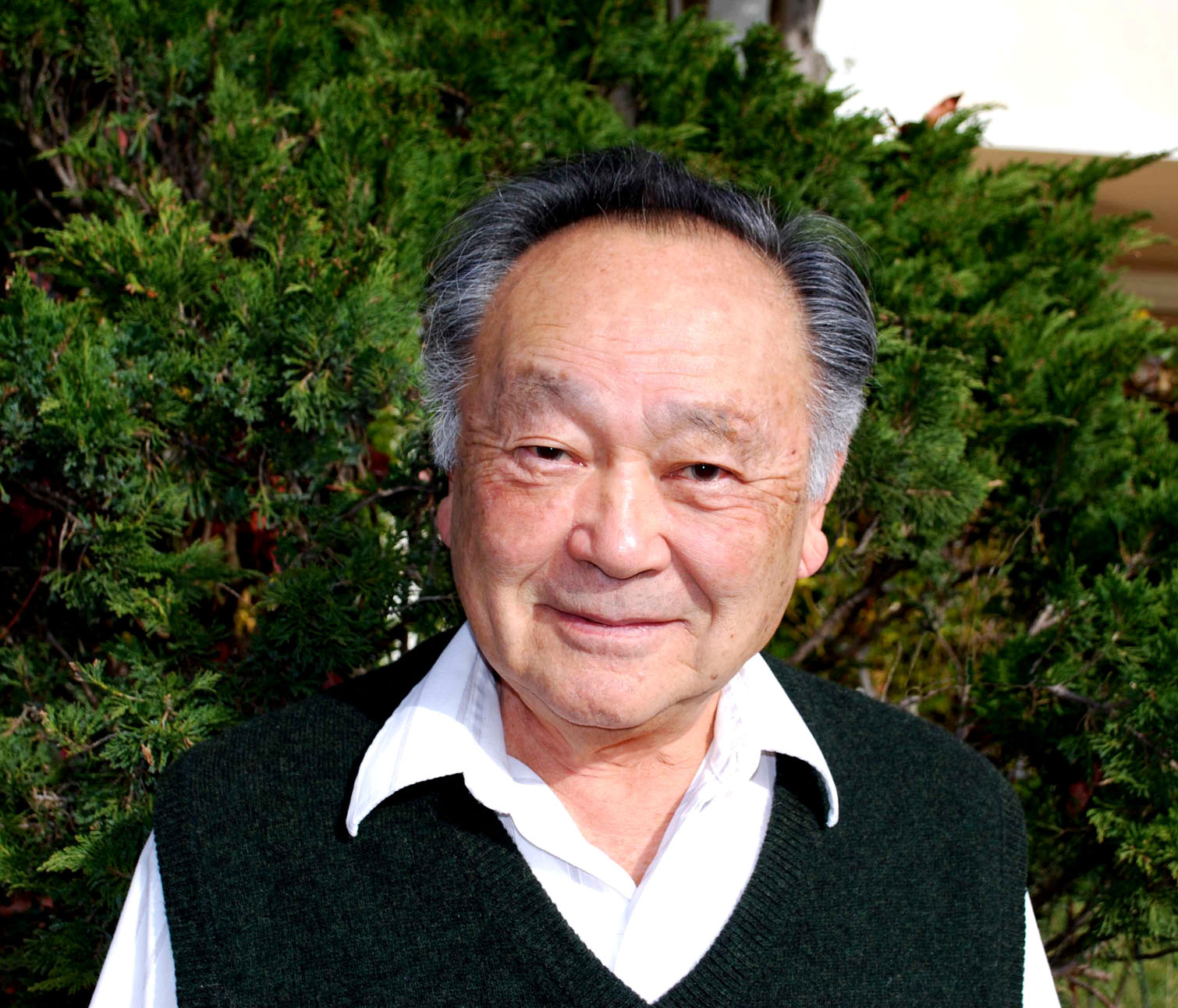The Default Mode Network: How Our Brain’s Quietude Mode Shapes Consciousness

Ancient Wisdom Meets Modern Neuroscience in Understanding the Brain’s Baseline State
Samuel Altman stared through the panoramic windows of his high-rise flat, watching sunlight propagate across the San Francisco Bay while his coffee cooled untouched beside him. Though appearing idle to any observer, his brain hummed with activity entirely different from what would occur minutes later when his morning videoconference demanded focused attention. In this fleeting moment of apparent “nothingness,” Sam’s brain engaged its most mysterious and recently appreciated network, one that ancient contemplative traditions recognized millennia before modern neuroscience had a glimmer of comprehension.
The secret life of the resting brain ranks among neuroscience’s most transformative discoveries. What researchers once dismissed as meaningless neural noise between experimental tasks now appears central to understanding human consciousness, and possibly key to addressing conditions ranging from anxiety to chronic pain to acute insomnia.
“We’ve spent decades studying what happens when the brain does something, largely ignoring what might be its most fundamental operating state,” explains Matthew D. Sacchet, Ph.D., neuroscientist at Stanford University’s Center for Mind and Brain. Neuroscientist at Harvard’s Meditation Research Program. “It’s like trying to understand an ecosystem by only studying what happens during thunderstorms, while completely overlooking the subtle yet constant processes happening during clear weather.”
This fundamental resting state, scientifically termed the Default Mode Network (DMN), represents one of the most significant paradigm shifts in our understanding of brain function. Its discovery challenges our conventional thinking about baseline brain activity and opens new frontiers for therapeutic applications, particularly for conditions involving dysregulated nervous system function.
The Accidental Discovery of the Brain’s Resting State
While modern neuroscience thrives on planned experiments and carefully controlled variables, one of its most essential discoveries happened almost accidentally. In 2001, Marcus Raichle and colleagues at Washington University in St. Louis published groundbreaking research revealing what they called “a default mode of brain function.”
Their discovery emerged from an unexpected observation. When measuring brain oxygen consumption in subjects lying quietly with eyes closed, they found a remarkably uniform relationship between oxygen delivery and consumption throughout the brain, a measurement called the oxygen extraction fraction (OEF). This consistent baseline challenged the prevailing view that the resting brain’s activity would be unpredictable or random.
More surprisingly, when subjects engaged in goal-directed tasks, specific brain regions consistently showed decreased activity from this baseline. These weren’t just random areas returning to a baseline from activation; they were particular regions active during rest and suppressed during focused attention.
“Many researchers initially dismissed these decreases as experimental artifacts,” notes Dr. Michael Thompson, neurologist specializing in functional brain imaging. “We were so focused on looking for increases in activity that the decreases seemed like background noise. We only later realized these consistent deactivations represented something profound about brain organization.”
The regions showing these decreases formed a coherent network that included the posterior cingulate cortex, precuneus, medial prefrontal cortex, and lateral parietal regions. This network became known as the Default Mode Network, signifying its status as the brain’s default operating system when not engaged in specific goal-directed activities.
“What makes this network intriguing is how it operates like an organized, baseline default mode that gets suspended during specific behaviors,” Thompson explains. “It’s not just random neural firing, but a coordinated, holographic system fundamental to normal brain function.”
This revelation transformed how researchers conceptualize brain activity. Rather than viewing the resting brain as inactive or randomly firing, they now recognize it sustains complex, organized activity even when we’re doing “nothing.” This activity isn’t merely noise but serves crucial functions potentially related to autobiographical memory, social cognition, mind-wandering, and our sense of self.
The Architecture of Rest: What Happens When We’re “Doing Nothing”
The Default Mode Network consists primarily of midline brain structures, particularly the posterior cingulate cortex, adjacent precuneus, and medial prefrontal cortex. These regions maintain high metabolic activity during rest and decrease their activity when attention shifts to external tasks.
“The posterior cingulate and precuneus appear to gather information about the world around and within us continuously,” explains Dr. Silvia Bunge, cognitive neuroscientist at the University of California, Berkeley. “This makes evolutionary sense. Detecting potential threats or opportunities shouldn’t require intentional focus; these resources should be automatically and continuously available.”
Multiple sources provide evidence supporting this information-gathering role. Patients with damage to these areas often develop Balint’s syndrome, characterized by an inability to perceive the visual field as a whole despite intact vision when focusing on single small objects. These regions help maintain a broad awareness of our surroundings.
Meanwhile, the medial prefrontal cortex appears involved in evaluating the individual significance of incoming information. With extensive connections to emotional processing brain regions like the amygdala and ventral striatum, this region helps integrate emotional responses with cognitive processes.
“If the posterior regions gather information, the prefrontal areas help evaluate its meaning and relevance to us personally,” notes Richardson. “Together, they create a system that continuously monitors both the external environment and our internal landscape, maintaining a coherent sense of self situated in a meaningful context.”
Interestingly, these same regions show early vulnerability in conditions like Alzheimer’s disease, carbon monoxide poisoning, and brain ischemia. Their exceptionally high metabolic rate may contribute to this vulnerability, highlighting how essential yet delicate this default system may be to normal brain function.

Early Pioneers: Joe Kamiya and the Roots of Neurofeedback
While the Default Mode Network wasn’t formally identified until 2001, pioneering researchers in the 1960s were already exploring ways to consciously access and modulate brain states associated with what we now recognize as default mode activity. Among these visionaries, psychologist Joe Kamiya stands out for his groundbreaking work on brain self-regulation through neurofeedback.
In 1962, at the University of Chicago, Kamiya made a serendipitous discovery that fundamentally changed our understanding of brain state regulation. While measuring subjects’ brain waves, he found that some could learn to distinguish when they were producing alpha waves, particularly abundant during relaxed wakefulness with eyes closed.
“Kamiya essentially discovered that humans could develop conscious awareness of specific brain states previously thought to be entirely unconscious,” explains David Mayen, Program Director at Sleep Recovery. “More remarkably, he demonstrated that with appropriate feedback, people could learn to produce these states deliberately.”
This led to Kamiya’s pioneering development of alpha-theta neurofeedback, specifically targeting brainwave amplitude associated with the transition between wakefulness and sleep. These rhythms overlap considerably with the electrical signatures later associated with Default Mode Network activity.
“Alpha-theta training essentially helps people learn to maintain conscious awareness while their brains hover between normal wakefulness and sleep,” notes Mayen. “Participants report experiences of deep insight, heightened creativity, and sometimes spontaneous resolution of psychological issues during these sessions.”
The significance of Kamiya’s work became clearer decades later when researchers identified the Default Mode Network. His alpha-theta protocol likely taught people to access and regulate aspects of default mode activity, demonstrating that these baseline brain states aren’t merely automatic but can be consciously influenced through appropriate training.
This early work laid the foundation for modern clinical applications of neurofeedback for conditions ranging from anxiety and PTSD to chronic pain. These approaches address underlying dysregulation rather than merely managing symptoms by helping patients learn to modulate activity in networks, including the DMN.
“What makes neurofeedback so powerful is that it doesn’t impose a state from outside, like medication might,” Mayen explains. “Instead, it helps the brain recognize and strengthen its optimal functioning patterns, including healthy default mode activity.”
Ancient Wisdom: Tibetan Lamas and the Cultivation of Presence
While Western science only recently discovered the Default Mode Network, certain contemplative traditions have developed sophisticated practices for working with baseline states of consciousness for thousands of years. Among these, Tibetan Buddhism’s Mahamudra meditation offers intriguing parallels to our scientific understanding of the default mode function.
“Mahamudra practice essentially trains practitioners to rest in a state that neuroscientifically appears to optimize Default Mode Network function,” explains Dr. Tenzin Dorje, neuroscientist and longtime practitioner of Tibetan meditation. “What makes this spiritual science unique is that practitioners typically meditate with eyes open, cultivating spacious awareness while remaining in complete presence.”
This open-eyed approach contrasts with many meditation techniques involving closed eyes and sensory stimulation withdrawal. From a neuroscience perspective, this difference proves significant. Research on extrastriate visual areas shows they maintain high activity during eyes-open rest and become deactivated when eyes close. This suggests the brain’s baseline state may involve open eyes with broad, receptive awareness.
The word “Mahamudra” translates as “Great Seal” or “Great Symbol,” referring to the all-encompassing nature of consciousness when recognized in its natural state. Traditional instructions for this practice emphasize resting awareness without suppressing thoughts or becoming entangled with them, while maintaining panoramic attention to the surrounding environment.
“From a Western scientific perspective, this practice appears to balance Default Mode Network activity with present-moment sensory awareness,” Dorje explains. “Rather than deactivating default networks through focused attention tasks, it cultivates healthy integration between internal awareness and external perception.”
Experienced practitioners report that this balanced state feels simultaneously wakeful and relaxed, characterized by clear awareness without tension or effort. EEG studies of advanced practitioners show increased gamma synchrony alongside well-regulated alpha rhythms, suggesting highly integrated brain function across typically opposing networks.
“What centuries of contemplative experience suggest is that our most natural, healthy brain state isn’t about suppressing default mode activity, but rather integrating it appropriately with present-moment awareness,” notes Dorje. “This may explain why practices that cultivate this integration often prove therapeutic for conditions involving dysregulated default network function.”
Clinical Applications: From Discovery to Treatment
The evolving understanding of the Default Mode Network has already transformed clinical approaches to various conditions. Research increasingly links DMN dysregulation to disorders including depression, anxiety, chronic pain, ADHD, PTSD, and insomnia, suggesting these conditions may involve disturbances in the brain’s baseline functioning rather than merely abnormal responses to specific stimuli.
Dr. Jeffrey Wilson, Clinical Director at Sleep Recovery, has pioneered approaches using brainwave entrainment to address insomnia and anxiety by targeting default network dysregulation. “We’ve found that many patients with chronic anxiety and sleep problems show disrupted patterns in the same networks identified in default mode research,” Wilson explains.
Their approach uses software that detects irregular brainwave patterns and provides feedback that helps the brain normalize its activity. This tackles the underlying neurological instabilities rather than merely masking symptoms.
“For many clients, the results have been transformative,” notes Wilson. “By helping the brain restore healthy baseline function, we often see improvements across multiple symptom domains simultaneously, from sleep quality to daytime anxiety to cognitive function.”
Similar principles inform therapeutic applications of mindfulness meditation, which research suggests can help normalize default network function. Studies show regular meditators exhibit more efficient DMN connectivity and better network regulation during rest and activity.
“Many mindfulness practices essentially train attention to move smoothly between focused states and more open, receptive awareness,” explains Dr. Rebecca Lansing, clinical psychologist specializing in mindfulness-based therapies. “This flexibility may help prevent the excessive self-referential processing or rumination associated with depression and anxiety.”
Perhaps most exciting are emerging therapies that combine ancient wisdom with modern technology. Advanced neurofeedback protocols now incorporate elements inspired by contemplative traditions while using precision technology to provide real-time feedback on brain state regulation.
“What we’re finding is that when people learn to access and regulate their default mode function consciously, many problems stemming from dysregulation naturally resolve,” says Mayen. “The brain has a remarkable capacity for self-healing when provided the right information about its activity.”
Beyond Disease: Default Mode and Human Potential
While much research focuses on the DMN’s role in pathology, growing evidence suggests optimal default network function may also relate to creativity, insight, and spiritual experiences. Several studies have found that creative individuals show distinct patterns of default network connectivity, potentially facilitating the integration of seemingly unrelated ideas.
“The default network appears crucial for imagination, mental simulation, and developing novel perspectives,” explains Roger Beaty, a cognitive neuroscientist studying creativity. “When functioning optimally, it allows flexible movement between different mental representations, supporting innovative thinking.”
This connection between default mode activity and creativity aligns with reports from artists, scientists, and other innovators who describe their most significant insights arising during mental rest rather than focused effort. From Archimedes’ famous “Eureka” moment in the bath to Einstein’s thought experiments while daydreaming, history provides examples of breakthrough thinking occurring when the mind wanders.
These observations suggest that our cultural emphasis on constant productivity and focused attention undermines certain forms of cognition essential to human flourishing. By devaluing apparent “idleness,” we may inadvertently suppress the mental processes that enable our profound insights.
“What modern neuroscience and ancient wisdom traditions suggest is that the mind needs periods of open, undirected awareness to function optimally,” notes Altman. “Certain forms of integration and insight become impossible without sufficient time in this mode.”
This perspective invites us to reconsider how we structure our lives, educational systems, and workplaces. Building in periods designed to activate default mode processes rather than viewing unfocused time as wasted would enhance well-being and creativity.
The Future of Default Mode Research
As our understanding of the Default Mode Network continues evolving, several promising research directions are emerging. Advanced neuroimaging techniques allow researchers to examine the dynamic interactions between the DMN and other brain networks in real time, revealing how these systems cooperate and compete during different cognitive states.
“We’re moving beyond simply mapping regions to understanding the complex choreography between different networks,” explains Dr. Lieberman. “This shift from localization to connectivity represents a fundamental advance in how we conceptualize brain function.”
Another frontier involves individual differences in default network organization and function. Early evidence suggests that people may have distinctive default mode “fingerprints” related to personality traits, cognitive styles, and vulnerability to particular disorders.
“Some individuals naturally maintain healthy default mode function even under stress, while others show vulnerability to dysregulation,” notes Dr. Wilson. “Understanding these differences could dramatically improve personalized treatment and performance enhancement approaches.”
Perhaps most intriguing is research exploring how cultural factors shape default network development and function. Cross-cultural studies suggest that different social environments foster distinct patterns of self-referential processing, mind-wandering, and present-moment awareness, potentially influencing default mode organization.
“What we’re beginning to appreciate is that the brain’s resting state isn’t fixed by biology alone but shaped by experience throughout life,” observes Dorje. “This opens fascinating questions about how different cultural practices, from contemplative traditions to educational approaches, might optimize the healthy development of these networks.”
Conclusion: The Quiet Revolution in Brain Science
The discovery and ongoing exploration of the Default Mode Network represents one of modern neuroscience’s most significant paradigm shifts. By revealing this rich, holographic inactivity occurring when the brain is in a state of “rest,” this research has transformed our understanding of normal function and pathology.
More importantly, it bridges ancient wisdom with cutting-edge science. What contemplative traditions intuited millennia ago, neuroscientists now confirm through rigorous research: that certain forms of consciousness accessed during apparent “rest” play essential roles in health, creativity, and human potential.
As therapies targeting default network regulation continue developing, they offer hope for millions suffering from conditions involving dysregulated brain function. Addressing underlying patterns rather than suppressing symptoms may provide more sustainable healing.
Meanwhile, for all of us navigating increasingly fragmented modern lives, this research offers a powerful reminder: that the quiet spaces between focused activities aren’t empty but filled with some of the brain’s most important work. By honoring these periods of deep rest, we may reclaim the vital aspect of our humanity that modern life too often overlooks.
Sam Altma’s morning reverie by the window wasn’t wasted time but a vital process allowing his brain to integrate experiences, generate insights, and maintain his sense of self within a meaningful world. Science confirms that the seemingly idle mind performs some of its most profound work in silence.
For more information about neurofeedback approaches to regulating Default Mode Network function, contact Sleep Recovery at 1-800-927-2339 or visit https://sleeprecovery.net

